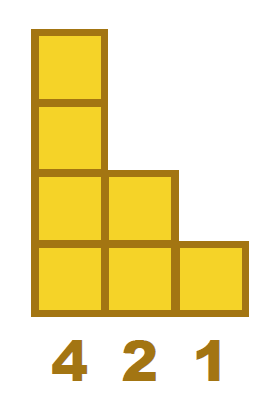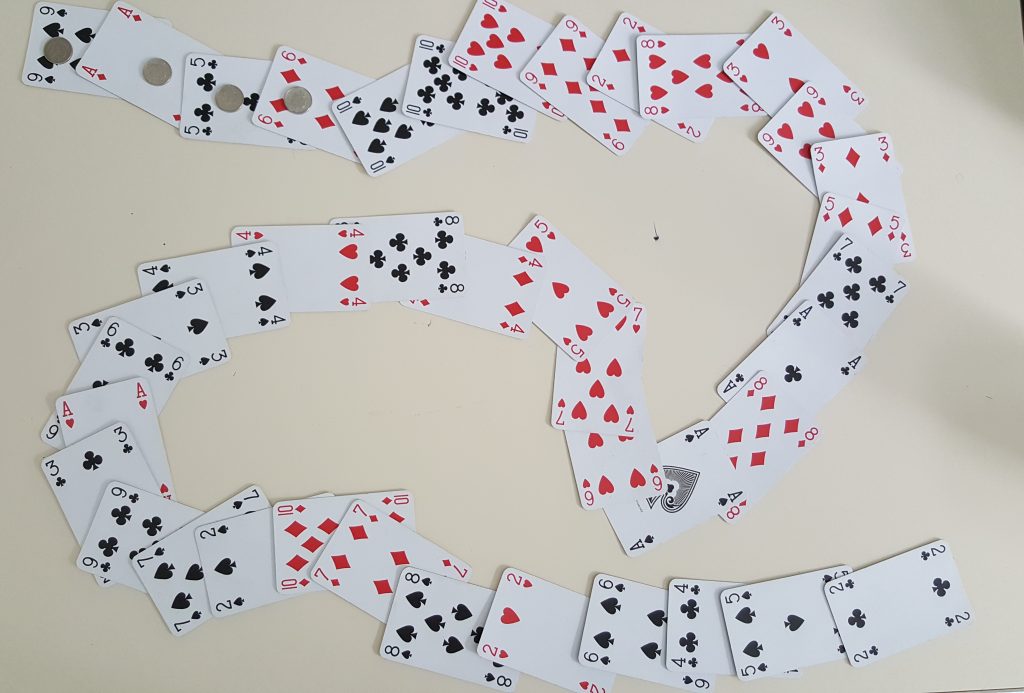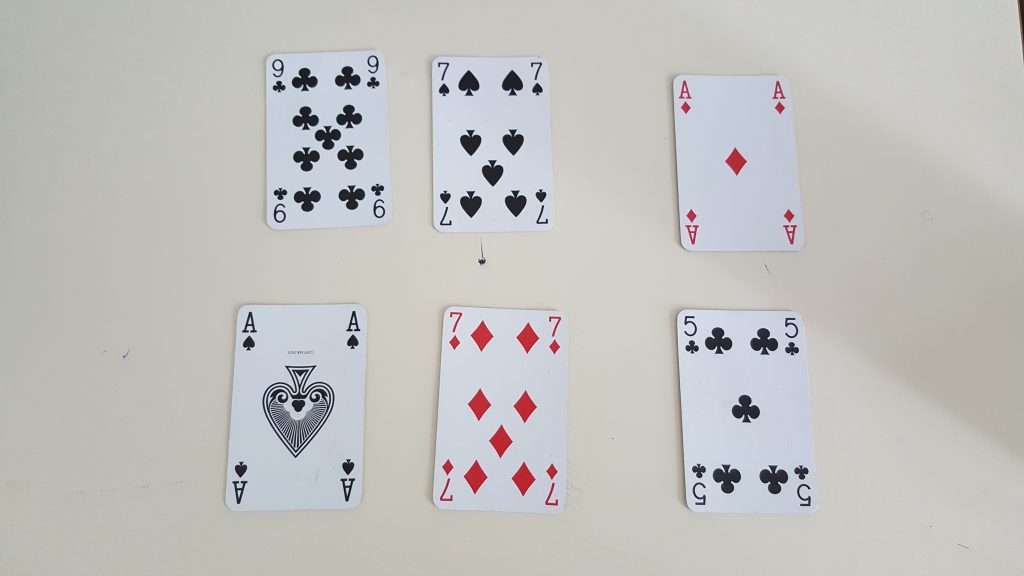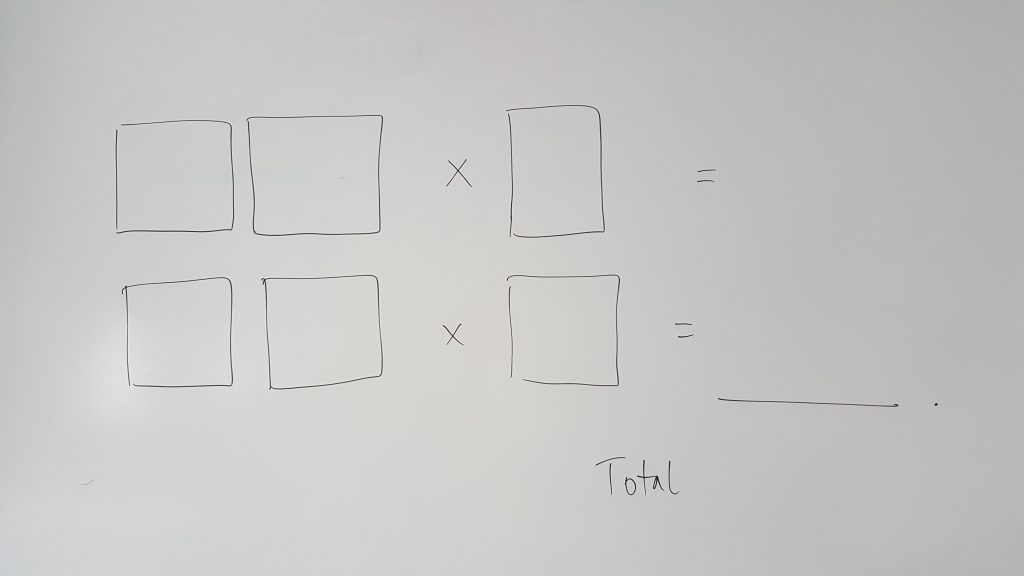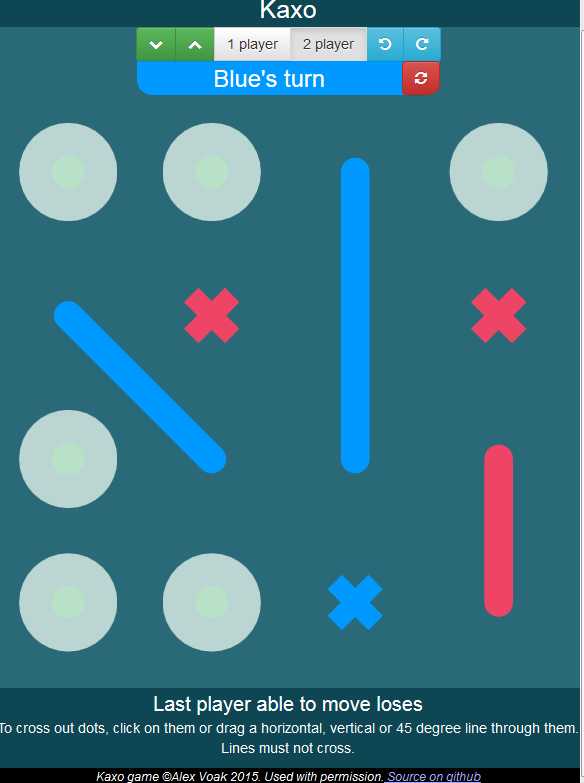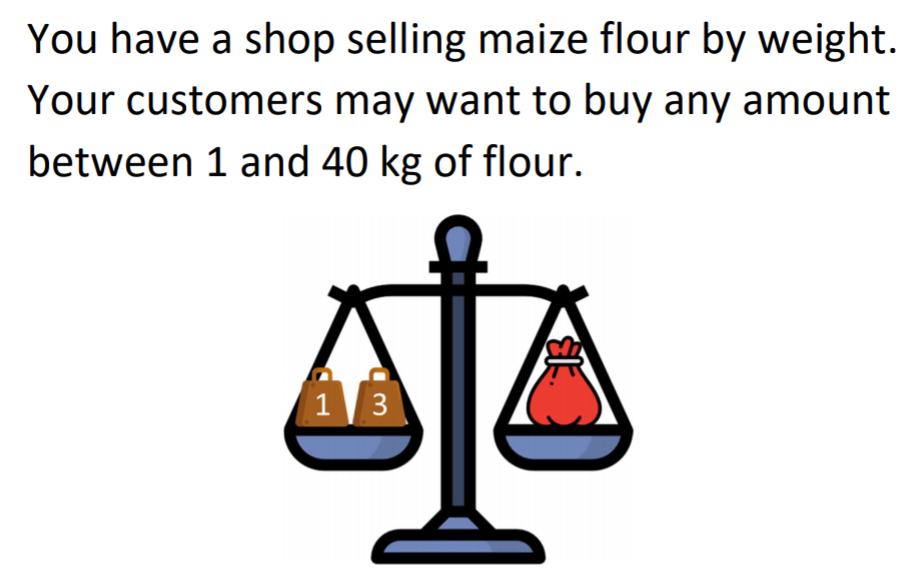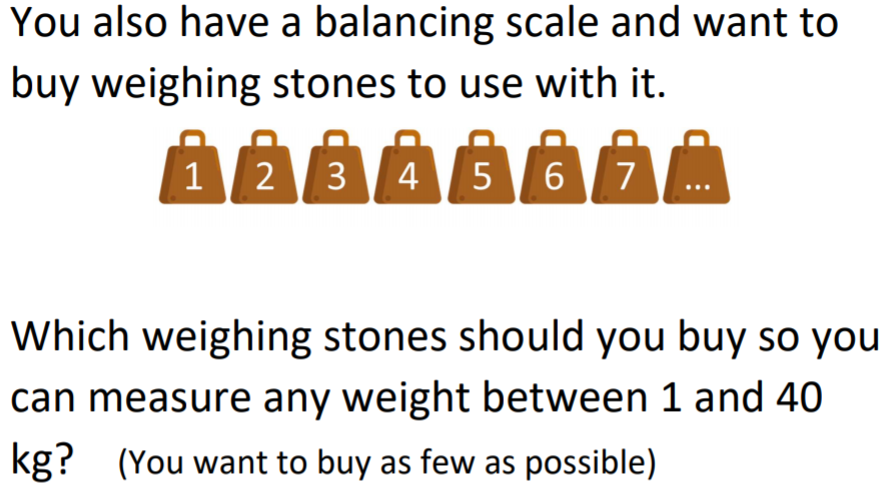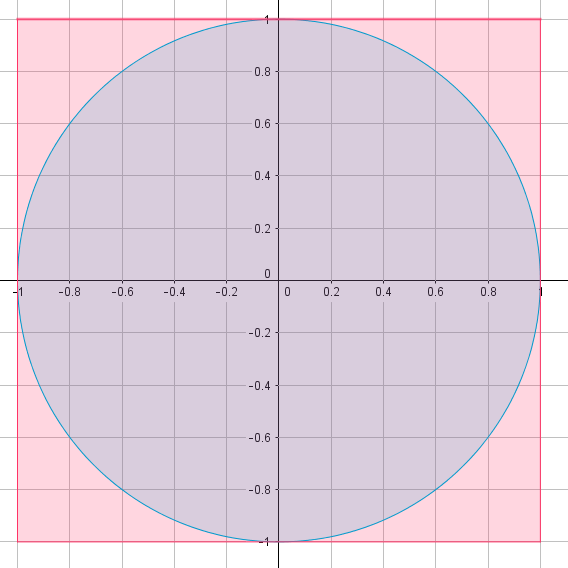
The rugby world cup is up and running. If you walked in half way through a game and saw that Scotland had 21 points (if only!), you would not know whether they had scored 7 penalties or 3 converted tries.
What is the highest score that you could know exactly how the points have been scored?
For more explanation see the English and French versions of the puzzle.
And the solutions in English and French.
.
We found this puzzle in Alex Bellos’ great column in the guardian.
